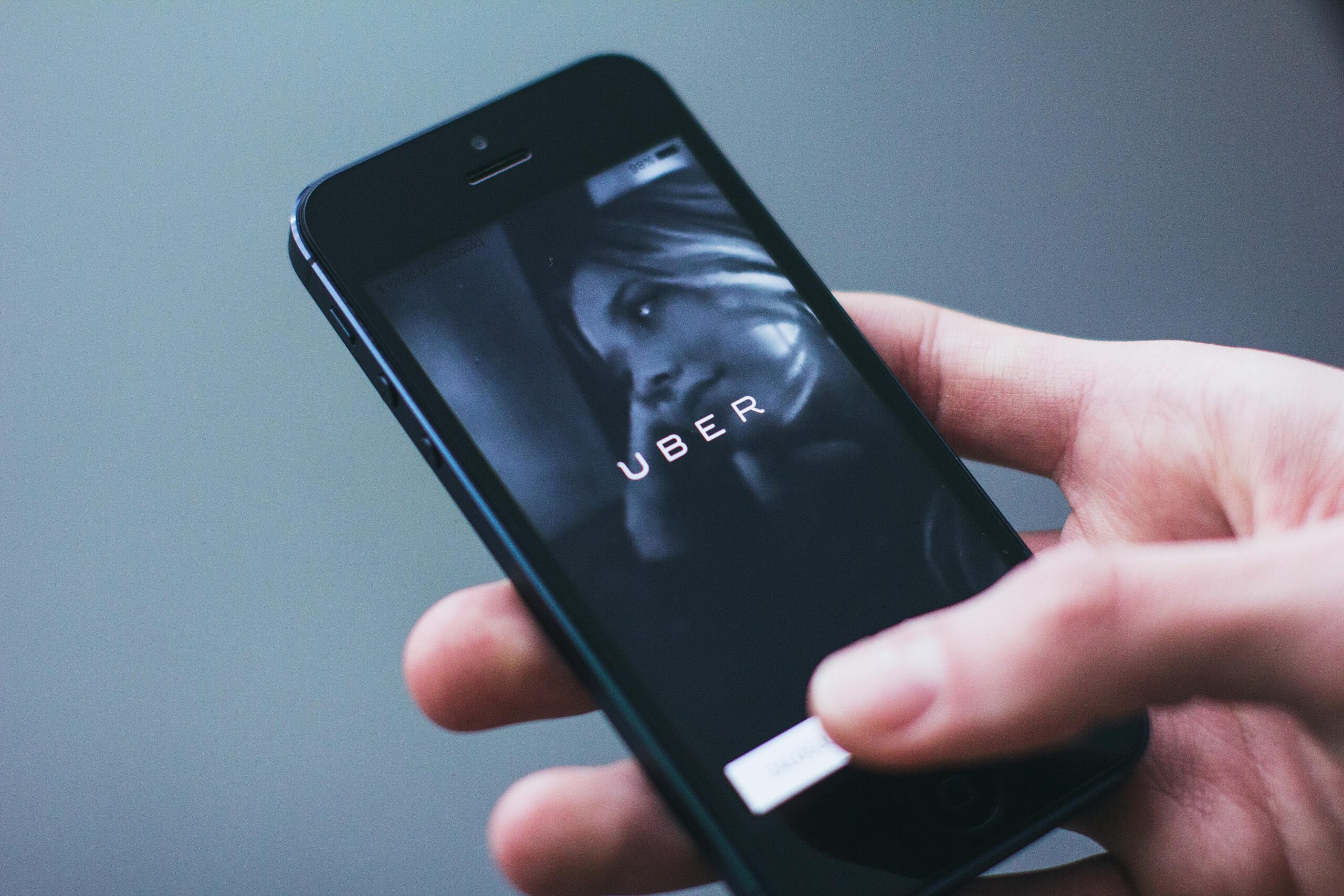In recent years, the safety of ride-sharing services has come under intense scrutiny. With millions of rides occurring daily, incidents of violence (both against Uber drivers and committed by them) have raised serious concerns about passenger and driver safety. The phrase “Uber driver assaults” captures a troubling duality: drivers being attacked and drivers acting as the aggressors. This article explores both sides of that reality, and the legal and safety implications for everyone involved.
Assaults on Uber Drivers: A Hidden Epidemic
While much of the public discourse around Uber-related violence centers on passenger safety, assaults on Uber drivers are more common than many realize. These drivers (many working alone, late at night or in unfamiliar neighborhoods) are particularly vulnerable.
The Data Behind the Concern
According to Uber’s own safety transparency reports, thousands of drivers have reported physical or sexual assaults while on the job. These incidents range from verbal threats and harassment to serious bodily harm. Because Uber drivers are considered independent contractors, many also lack access to benefits like workers’ compensation or mental health support, making the aftermath of these assaults even more difficult to navigate.
Common Risk Factors
Several conditions make drivers particularly vulnerable:
-
Lack of background checks for passengers: While drivers undergo screening, passengers typically do not.
-
Late-night driving: Alcohol-impaired or aggressive passengers are more likely to request rides late at night.
-
Limited emergency support: Many drivers report that Uber’s in-app emergency features are ineffective or too slow to provide real-time help.
Uber Drivers Assaulting Passengers: When Trust Is Broken
On the other side of the coin, there have been alarming reports of Uber drivers assaulting passengers, leading to lawsuits, criminal charges and reputational damage for the company.
Uber Driver Assaults Making Headlines
High-profile cases include drivers accused of sexual assault, physical violence, and, in rare cases, kidnapping. These incidents often involve passengers riding alone (especially women) during nighttime hours or in unfamiliar cities.
In one case from California, an Uber driver locked a female passenger in his car after she asked to be let out early. She managed to escape and report the incident, which resulted in criminal charges. Unfortunately, not all victims are as lucky.
Gaps in Driver Screening
While Uber conducts background checks, critics argue that:
-
They don’t go far enough, especially regarding out-of-state offenses or pending charges.
-
Re-screenings are infrequent, meaning new offenses can go unnoticed.
-
Reports of misconduct by drivers aren’t always acted upon promptly or transparently.
The Legal Aftermath
Victims of Uber driver assaults often find themselves in complex legal territory. Uber may try to shield itself from liability by classifying drivers as independent contractors. However, with the right legal representation, victims can pursue claims for negligence, emotional distress, and even civil damages against both the driver and Uber itself.
What Can Be Done to Improve Ride-Share Safety?
Addressing both forms of Uber driver assaults requires systemic change.
For Protecting Drivers:
-
Passenger background screening: Adding optional ID verification or flagging high-risk accounts.
-
Enhanced driver emergency tools: Real-time GPS monitoring and rapid-response support.
-
Community-based safe zones: Designated pickup/drop-off areas with better lighting and security presence.
For Protecting Passengers:
-
Frequent driver re-screenings: Catch red flags before they become dangerous.
-
Mandatory dashcams: Many jurisdictions are moving toward this requirement for accountability.
-
Improved reporting protocols: Fast, confidential, and victim-centered reporting systems.
A Two-Way Street of Safety
The reality is this: Uber driver assaults can involve either the driver or the passenger as the victim—or the perpetrator. Both scenarios pose serious safety, legal, and ethical concerns. As a society, we must move beyond the assumption that danger only flows in one direction. A comprehensive solution must prioritize mutual accountability, better technology, and stronger legal protections for everyone using or working within the ride-sharing economy.
At Martine Law, we understand the trauma and complexity surrounding assault cases involving ride-share services. Whether you’re a driver who’s been attacked or a passenger who’s suffered harm at the hands of a driver, we’re here to advocate for your rights and hold the responsible parties accountable.



